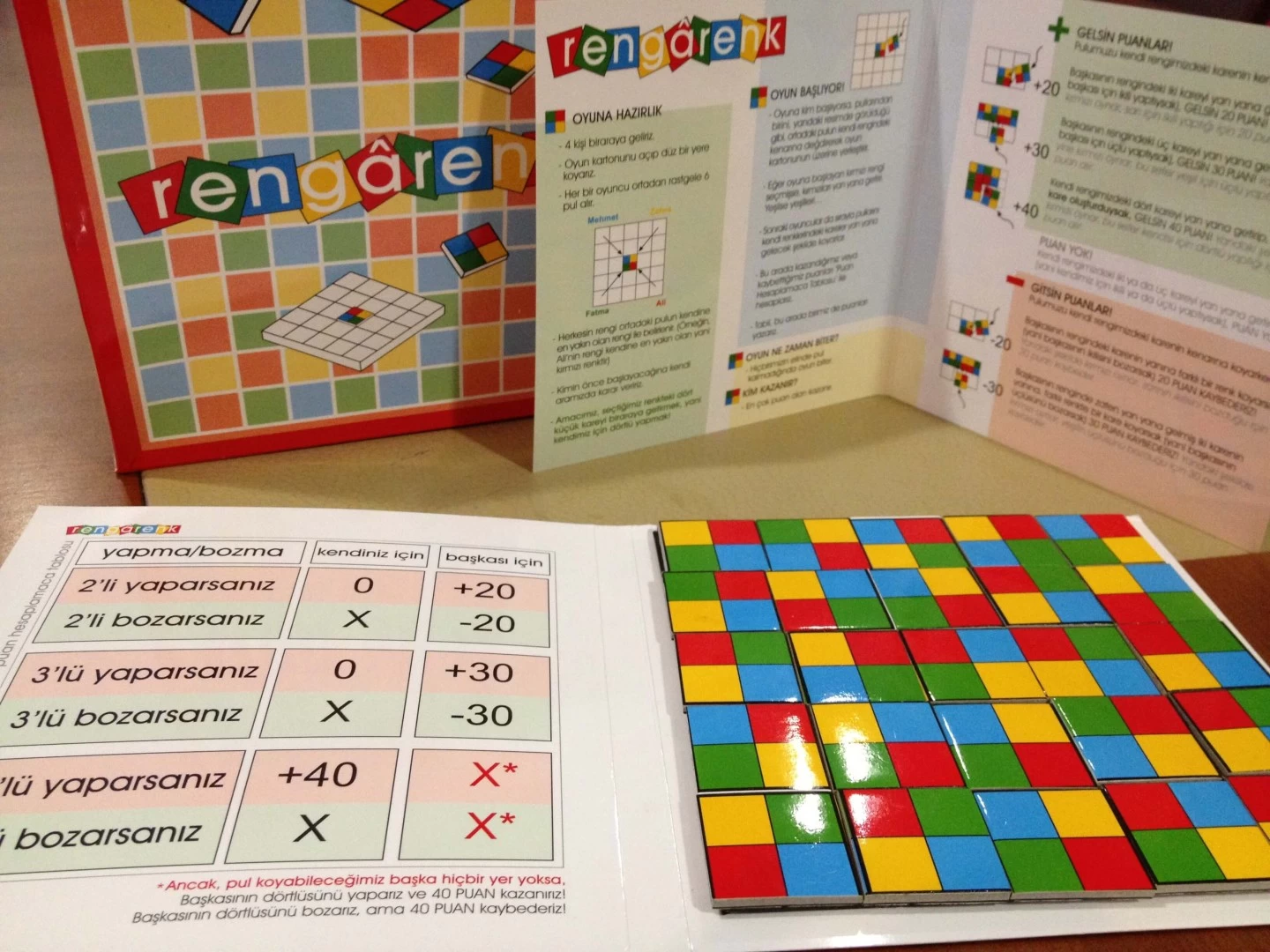
All educational board games are played with a facilitator and designed around learning objectives through fun, thinking, and discussion within a framework of purpose.
LIFE IS TOUGH
It enables young people to discuss issues such as health, housing, education, employment, and poverty that concern them.
Target Audience: Children aged 7-29.
The game is played with a minimum of 3 and a maximum of 5 players. "Life is Tough!" game is designed to simulate the discussion process aimed at reaching a consensus among players by discussing policy proposals related to social rights such as education, health, and housing for a country named "Happinessland."
All players first individually consider their policies regarding social rights in "Happinessland," then create a discussion environment based on human rights to make joint decisions with other players.
The Life is Tough educational board game was conducted under the Education Department of the Community Volunteers Foundation, under the umbrella of Human Rights.
RAINBOW
The aim is for children to gain awareness of democracy and human rights principles. It is based on the idea that developing the ability to live together peacefully among different people is particularly important for democratic life. The aim is to emphasize the social consequences of our actions through the concepts of "self" and "other."
Target Audience: Children aged 8-15.
The game is played with 4 players. The game is played with 25 square tiles, each with 4 colors. One tile is placed in the center of a shared game board, and each player is given 6 tiles. Each player chooses a color and tries to create groups of four of their color by bringing together four corners of their color during their turns throughout the game.
According to the game rule, each player must place their tile in a way that the corner bearing their own color matches the same color on the previously played tiles. Players do not gain or lose points for forming groups of four of their own colors (aside from forming pairs or triples). They gain points if they form pairs or triples of another color and lose points if they break them. The score of each player is calculated when all players have placed their tiles.
The coordination of the Rainbow educational board game was carried out under the Projects Department of the Community Volunteers Foundation.
PEACE TIME
The game is based on cooperation. Players play together against the game. At the end of the game, either the players win and the game loses, or the game wins and the players lose.
The game has three main objectives:
- If there is a war somewhere, it is a situation that affects all of us.
- To achieve peace, it is necessary to struggle together.
- It is necessary to struggle together to maintain peace.
- Target Audience: Everyone aged 12 and above.
Content: It is played with a minimum of 2 and a maximum of 4 players. Each player has their own game board. Players try to win the game by keeping themselves and their friends in either the "peace" or "permanent peace" zones, depending on the move they make. There are four different courses on the game board. Players use their pieces on the four different courses as "forward" (toward peace and permanent peace zones) or "backward" (toward the war zone) moves.
While each player makes a "backward" move from their own game board, they can make a "forward" move from another player's game board. In addition, the "letter" stops on the game board provide a "joker" move that can be used by all players.
There are three different decks used in the game. The "rainbow deck" is used when all players are in the "peace" or "permanent peace" zones, the "nightmare deck" is used when any of the players are in the "war" zone, and the "pigeon" deck, which can be won by any player by reaching a piece to the "letter" stop, is used.
The coordination of the Peace Time educational board game, developed within the framework of the White Hats Project, was carried out under the Projects Department of the Community Volunteers Foundation.
TAKE CARE OF YOURSELF
The aim is to provide basic information about HIV and AIDS to young people through an enjoyable and disseminable tool.
Target Audience: Youths aged 15-25.
It is played with a minimum of 2 and a maximum of 6 players. In the game played on a shared game board, players take turns to make their moves. They gain information about "HIV/AIDS and sexually transmitted infections" with each move they make.
Additionally, through the information on the game cards, the game creates an environment for conversation, discussion, and information gathering about "HIV/AIDS and sexually transmitted infections."
The Take Care of Yourself educational board game, developed within the framework of the Reproductive Health Peer Education Project, was carried out under the Education Department of the Community Volunteers Foundation.
